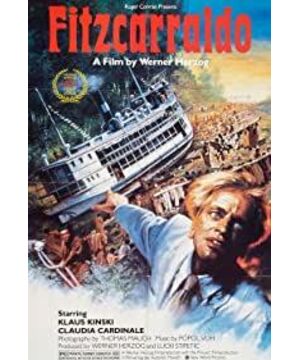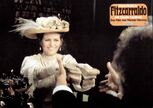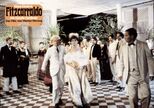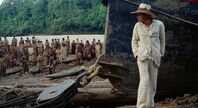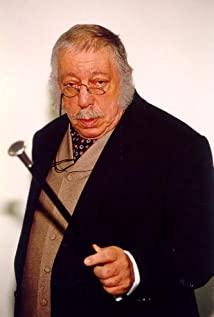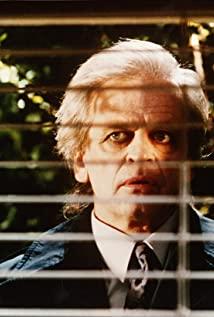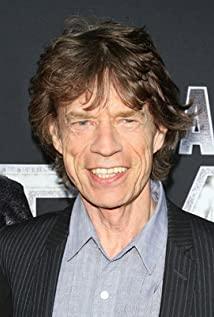What effect did Herzog have on the audience by letting his crew actually drag the boat over the mountain without using special effects?
Fitzgerald, the protagonist, is a fantasist who wants to build a theater in the rainforest, while the director Herzog insists on taking a ship much larger than reality over the hillside. He believes that this can visualize the theme of the film and give people visual impact. The 40-degree slope, the 30-ton iron ship, traveling on land, does bring a strong visual impact to the audience. The shock of live-action shooting cannot be replaced by special effects, and the technical means have not been able to simulate a completely real scene until now. Once the audience realizes that such a shocking scene that seems impossible to achieve is not a real scene, the sense of shock is different from the actual scene. The shock will be reduced a lot. The more difficult events are presented, the easier it is to gain admiration and recognition. When I saw this big ship crawling little by little with the help of indigenous manpower and simple pulleys, I could easily understand the difficulty, and the ensuing emotion was naturally a matter of course.
The name of the film is called "Boat on Land". The boat is floating on water. How to travel on land? When the name is embodied, the theme it represents also emerges. Paranoid dream pursuit and naive idealized whimsy contributed to this miraculous scene. Few people will pay everything and sacrifice so much to complete an unrealistic idea of their own, and when the ship overturned the mountain and rowed into the sea, this "few" was presented to everyone. So the audience saw the life theme of ideal paranoia, this pure and crazy challenge theme, and achieved a kind of greatness.
A good film should first focus on the real nature of the story itself, and pay attention to the overall effect of the film, which is blended with scenes, vivid and touching, and sincere. Many films are primarily based on commercial purposes, so they are mostly fictional and commercial stories; exaggerated and deformed environments with heavy human traces; grand scenes; gorgeous and dazzling colors and extremely stylized lighting effects, etc. . The layers of the story, including ideological and richness, have not become the focus, and everything has become the pursuit of a "big" sense of form. This should arouse our attention. The creation and control of the film's sense of form, such as external photography, lighting, and art, must all serve the film's internal storytelling. Once these things take over, the image will become thin and hypocritical.
View more about Fitzcarraldo reviews


